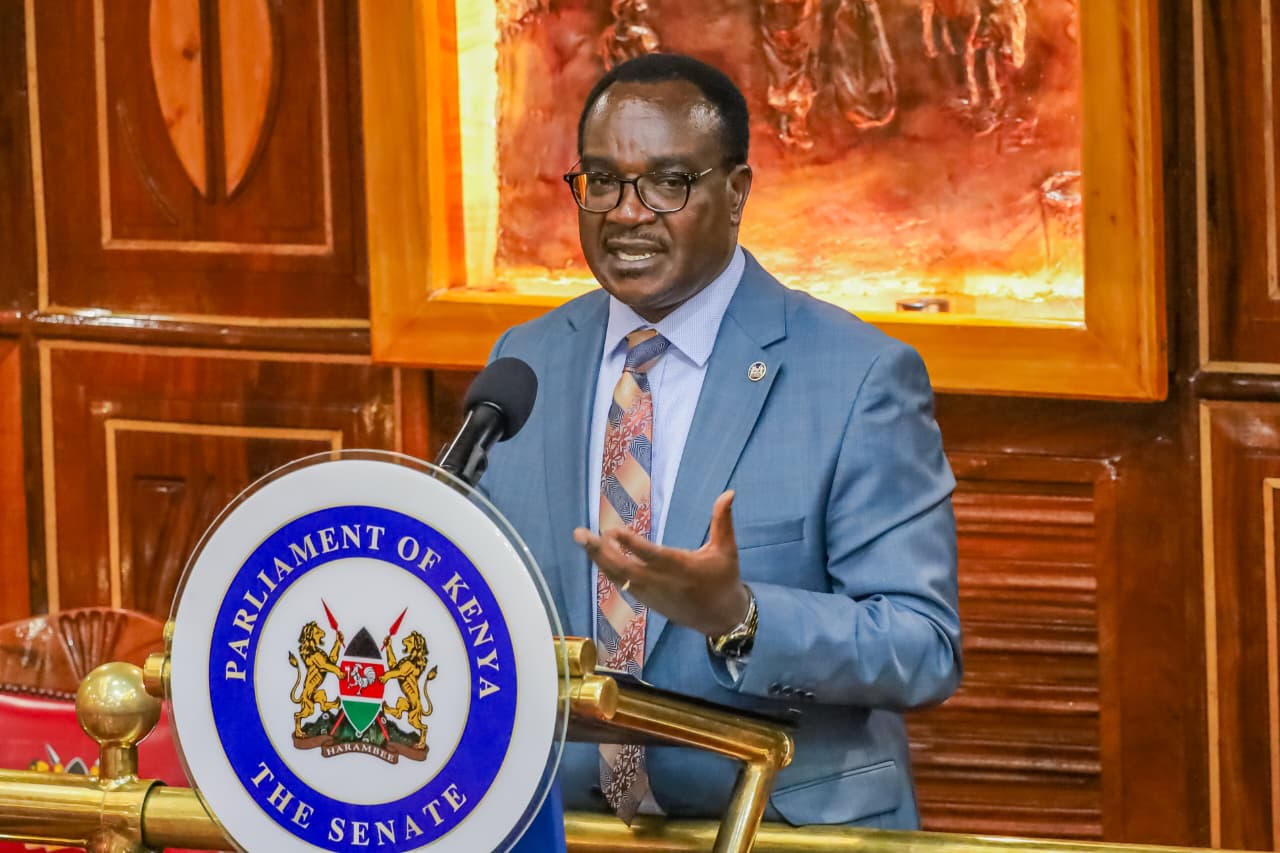The Education ministry is planning far-reaching measures to address the problem of ghost students and fake schools that have been draining public funds meant for learners.
Education CS Julius Ogamba told senators that the government is ready to close down some schools and hold accountable those involved in the fraudulent activities.
Ogamba said the ministry has uncovered serious irregularities through an ongoing national audit of learners and schools, which is 75 per cent complete. He revealed that about 50,000 students listed in the system do not actually exist, adding that more discrepancies are still being uncovered.
“We have about 25 per cent to go and those anomalies are now being discovered,” he said on Wednesday. He warned that individuals responsible for such schemes will face action.
“If resources were sent to a bank for school X, we will have to find out who signed for those resources from that bank, and action will be taken because that is criminal,” he stated.
The CS explained that the audit will form the basis for major reforms in the education sector, including the possible closure of some institutions. “In the verification exercise we are currently undertaking, part of the data collection involves the number of students in each institution and their current status,” he said.
“This data will help the government decide whether some schools should remain registered.”
He added that the ministry may transfer students from some institutions to others to ensure optimal use of teachers and resources.
“It will also guide us on whether to transfer some students from one school to another to ensure institutions operate optimally with the right balance of teachers and students,” he said.
Preliminary findings from the audit show that some schools have fewer than 10 learners but employ up to five teachers. Ogamba noted that such imbalances, coupled with unreliable data, have contributed to underfunding in the education sector.
“When we submit our budget to the Treasury and Parliament, it gets cut because we all don’t agree on the actual number of students,” he explained.
He further announced that the ministry is also starting a comprehensive review of all education funds to improve accountability and efficiency.
“We want to undertake an audit of all the money used in the sector, including bursaries from various institutions, donors and government agencies, to determine the exact expenditure,” he said. “This will allow us to analyse whether, with the current number of learners, pooling all these resources could enable us to provide free education for all children.”
Ogamba said the aim is to consolidate all education funds into one pool that will be managed centrally. To support this process, the ministry has rolled out the Kenya Education Management Information System to streamline planning and eliminate duplication.
“We want this ministry to have one single source of truth. We want every activity to be linked through this system so that we can coordinate efforts,” he said.
“For example, with 12 million students, if you’re buying books for a subject, only 12 million books should be purchased. Sometimes, with five million students, we buy 12 million books—that’s waste,” he added.
